Understanding the 32s LiFePO4 BMS
A 32s LiFePO4 BMS (Battery Management System) is an integral component for managing lithium iron phosphate battery packs. This system ensures the safe operation of batteries by monitoring and regulating the charge and discharge processes, balancing the cells, and providing critical protection against overcharging, deep discharge, short circuit, and temperature variations.
Types and Applications
There are various types of BMS for LiFePO4 batteries, each designed to cater to different sizes and complexities of battery packs. The 32s configuration indicates a system suitable for 32 cells in series, which is commonly used in high-capacity power applications such as electric vehicles, solar energy storage, and large-scale portable power stations.
Features and Materials
The 32s battery management system is engineered with precision components. It typically includes temperature sensors, voltage regulators, and microcontrollers. These systems are housed in durable materials that can withstand the electrical demands and thermal challenges posed by large battery arrays.
Advantages of Using a 32s LiFePO4 BMS
Employing a 32s BMS for LiFePO4 cells comes with several advantages. It extends the lifespan of the battery pack by preventing conditions that could cause damage. Additionally, it contributes to the overall efficiency of the energy system by ensuring that all cells are uniformly charged and discharged, thus maximizing the usable capacity of the battery pack.
Choosing the Right BMS
Selecting the appropriate LiFePO4 32s BMS is crucial for the performance and longevity of your battery system. Factors to consider include the maximum charge and discharge current, the number of cells it can manage, and the specific safety features it offers. It's essential to match the BMS specifications with the requirements of your particular battery pack and application.
Integration in Renewable Energy Systems
The integration of a 32 cell BMS in renewable energy systems is a step towards sustainability. It allows for more effective use of energy storage in off-grid installations or in conjunction with solar panels, contributing to a reduced carbon footprint and promoting the use of clean energy sources.
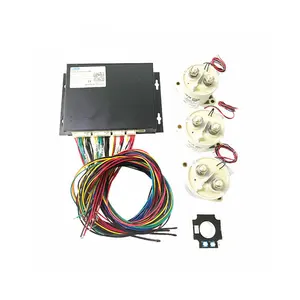
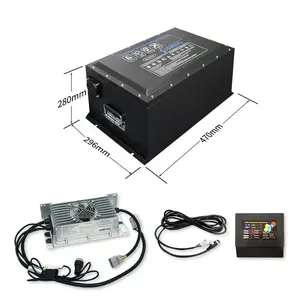



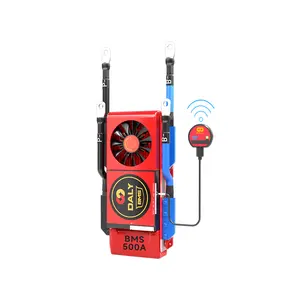








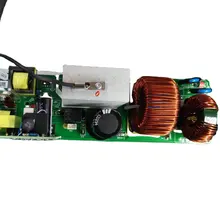
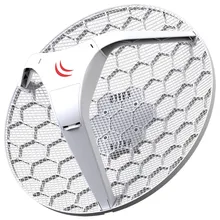


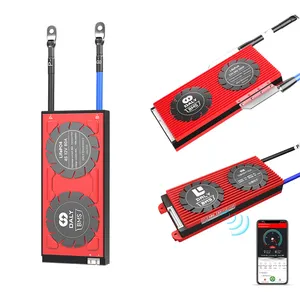
























 浙公网安备 33010002000092号
浙公网安备 33010002000092号 浙B2-20120091-4
浙B2-20120091-4